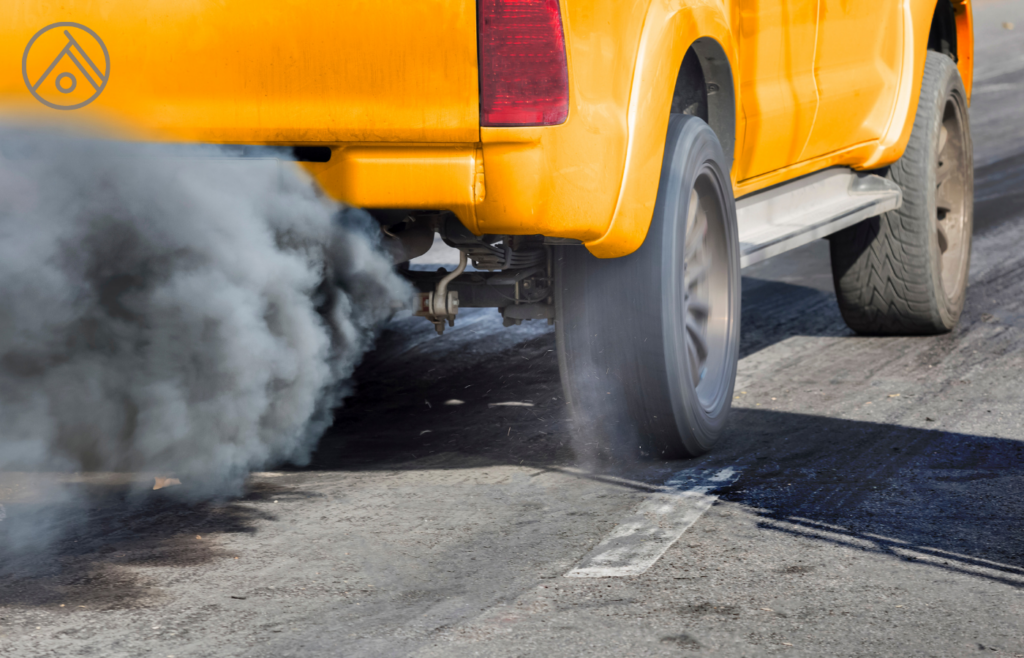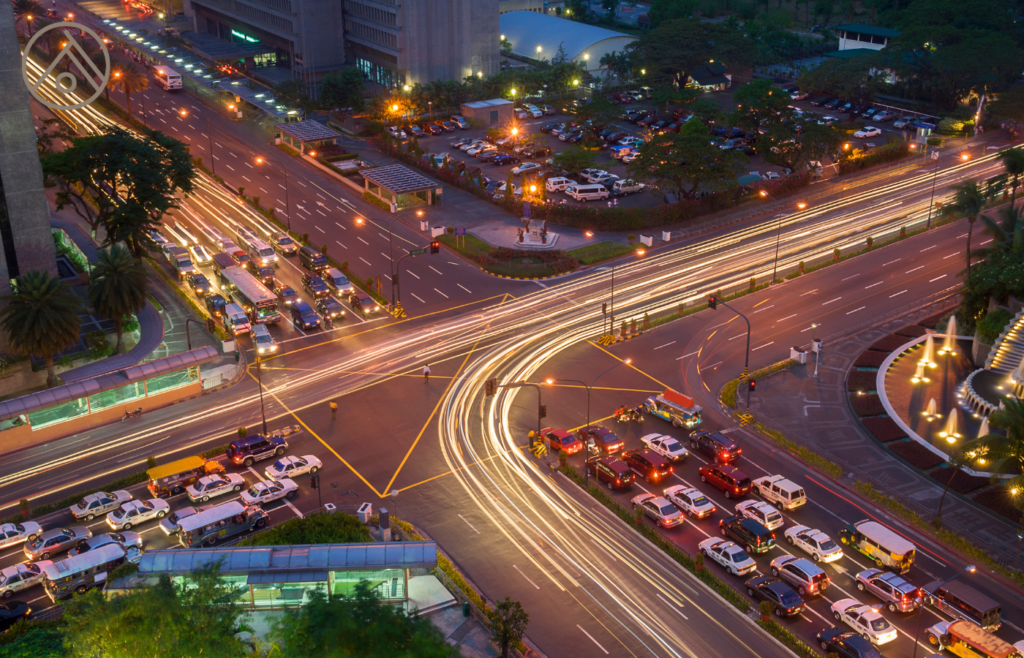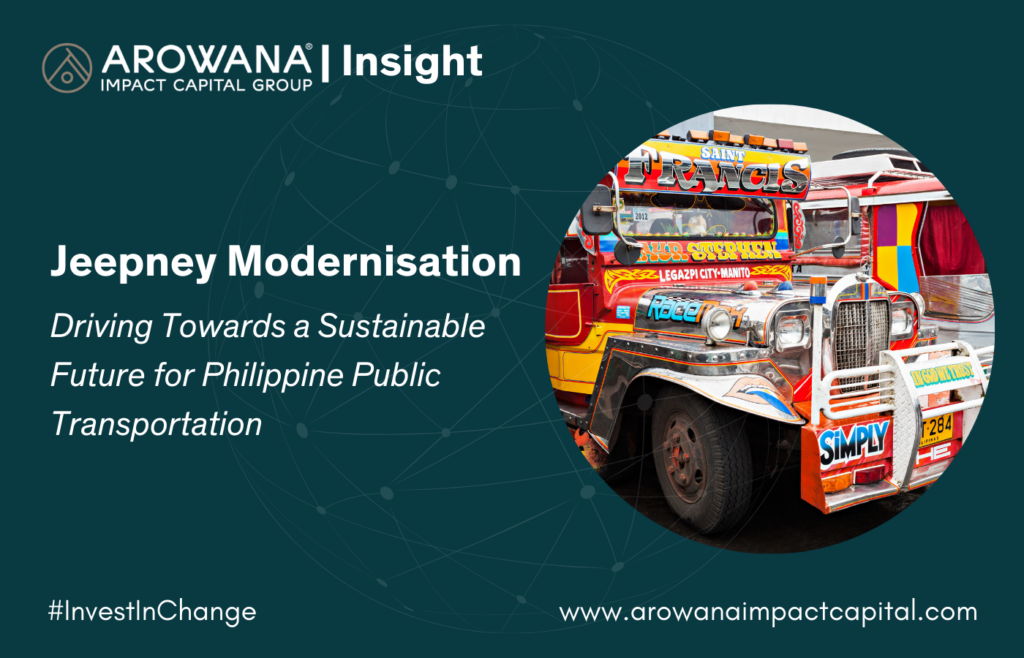In the Philippines, jeepneys are more than just a mode of transportation—they are a cultural icon. They’re colourful, often humorously decorated, and they’ve been part of Filipino life for generations. Millions of Filipinos hop on and off these vehicles daily, paying a small fare to get to work, school, and everywhere in between.
But despite their charm and utility, traditional jeepneys are aging and spewing out pollution. This is why the government rolled out the Public Utility Vehicle Modernisation Program (PUVMP) in 2017—a plan to overhaul these jeepneys and give them a modern, eco-friendly makeover.
While the goal sounds great—less pollution, more safety, better organisation—the path to modernisation has been bumpy. Let’s explore what the Jeepney Modernisation Program is all about, the promises it holds, and why it’s also causing a stir among drivers and the public.
What is the Jeepney Modernisation Program?

The PUVMP aims to phase out old jeepneys, many of which are over 15 years old and not exactly known for their cleanliness or safety. The program wants to replace these aging vehicles with modern jeepneys that meet stricter environmental and safety standards. For example, the new jeepneys need to comply with Euro 4 emissions standards, meaning they’ll emit fewer harmful pollutants into the air. Some of the new options are even electric-powered, which is a big win for the environment.
But it’s not just about greener engines. These new jeepneys are also designed with passengers’ safety and comfort in mind. They feature things like higher ceilings (so you don’t have to hunch over), handrails, and even security cameras. For people who’ve spent years squeezing into cramped jeepneys, these upgrades will be a breath of fresh air—literally and figuratively.
Why Modernise?
The biggest reason behind the modernisation push is pollution. Old jeepneys are big contributors to the smog that blankets cities like Metro Manila. With their diesel engines chugging away, these vehicles pump out harmful emissions, contributing to poor air quality and respiratory issues. By replacing them with cleaner vehicles, the government hopes to improve both the environment and public health.
Then there’s safety. The current fleet of jeepneys isn’t exactly up to modern safety standards. Many of these vehicles are homemade, retrofitted, and patched together over the years. Accidents involving jeepneys aren’t uncommon, and when they do happen, they can be serious. Modern jeepneys, by comparison, are built with more reliable materials and better safety features, making them safer for passengers and drivers alike.
The Good Stuff: What are the Benefits?

Let’s talk about the potential wins of the Jeepney Modernisation Program. While the program comes with its challenges, there’s a lot to be excited about.
1. Cleaner Air
The switch to modern vehicles, especially electric ones, could significantly reduce air pollution. Cities like Manila suffer from thick smog, and old jeepneys are partly to blame. The new vehicles will emit far fewer pollutants, meaning cleaner air and less risk of respiratory diseases for everyone. If you’ve ever been stuck in traffic behind a smoke-belching jeepney, you’ll appreciate this change!
2. Safer Commutes
The new jeepneys are designed with safety in mind. They’ll come with features like seatbelts, CCTV cameras, and better lighting inside the vehicles. Compared to the old jeepneys, which were often crammed full of passengers without much concern for safety, the new ones will offer a much safer experience for riders. Plus, they’re built sturdier, which could reduce accidents on the road.
3. More Reliable Service
Let’s face it, the current system can be a bit chaotic. Jeepneys don’t always follow schedules, and the vehicles themselves aren’t exactly known for their reliability. The modernisation program aims to fix that by organising drivers into cooperatives, allowing them to manage routes, fares, and maintenance more efficiently. The idea is to make jeepney operations more predictable and dependable for commuters.
4. Environmental Wins
Switching to electric jeepneys or vehicles with Euro 4 engines will significantly cut down emissions. Imagine a world where your morning commute doesn’t involve dodging clouds of black smoke. It’s a win for both commuters and the environment, especially as climate change continues to be a pressing global issue.
The Bumps in the Road: What’s the Downside?

Now, modernisation sounds all good, right? Not quite. The program faces serious resistance, especially from jeepney drivers and operators. Here’s why.
1. High Costs for Drivers
The price tag on these new jeepneys is staggering for most drivers. A new, compliant jeepney can cost anywhere from PHP 1.5 million to PHP 2.8 million (about USD 26,600 to USD 49,700). For many jeepney operators, that’s more money than they’ll ever make in their lifetime. Sure, the government has offered subsidies, but they only cover a small portion of the cost. This means that many drivers would have to take out loans and go into debt just to afford a new vehicle.
For context, most jeepney drivers earn a modest daily income, barely enough to cover living expenses and maintenance for their aging vehicles. Asking them to shell out for a brand-new jeepney is like asking someone to buy a new car on a minimum wage salary—it’s just not feasible for most.
2. Fear of Losing Livelihoods
Another big issue is the fear of displacement. Under the new system, drivers are encouraged to form cooperatives, meaning they’ll no longer operate independently. While this cooperative model is meant to improve efficiency, many drivers worry that they’ll lose control over their livelihoods. There’s also the concern that larger corporations could take over the cooperatives, pushing out smaller, independent drivers.
For many jeepney drivers, their jeepney is more than just a vehicle—it’s a way of life. The idea of giving that up for a corporate-run cooperative feels like a loss of freedom and independence.
3. Cultural Loss
Jeepneys are not just functional—they’re part of Filipino culture. Each jeepney is unique, often decorated with colourful artwork, religious symbols, and sometimes even jokes or witty slogans. These vehicles are a source of pride for their owners and drivers. The new modern jeepneys, while safer and more efficient, are seen by many as soulless in comparison. They lack the personal touches that make jeepneys such a beloved symbol of Filipino creativity.
For some, the modernisation program feels like the end of an era—an era where jeepneys were more than just public transport; they were a reflection of the Filipino spirit.
Opposition: Why the Resistance?
Protests and strikes have erupted across the country in response to the PUVMP. Here’s why:
- Cost: As mentioned earlier, many drivers simply can’t afford the cost of a new jeepney. The government’s financial assistance falls short, leaving many drivers feeling abandoned in the face of modernisation.
- Lack of Consultation: Many jeepney drivers and operators feel like they weren’t properly consulted before the program was launched. They argue that the government should have worked more closely with stakeholders to find a solution that works for everyone, not just big companies or wealthier operators.
- Inadequate Infrastructure: Critics of the program point out that the necessary infrastructure to support these new vehicles—like charging stations for electric jeepneys—is still lacking. Without proper infrastructure, the modernisation program could struggle to succeed.
What’s Next for Jeepney Modernisation?

The Jeepney Modernisation Program is still ongoing, and while the road is rough, there’s hope that compromises can be made to ensure a smoother ride for everyone. For modernisation to work, it’s crucial that the government addresses the financial concerns of drivers, preserves the cultural identity of jeepneys, and improves infrastructure to support electric vehicles.
The challenge ahead is to strike a balance—creating a cleaner, safer, and more efficient public transportation system while ensuring that no one gets left behind, especially the drivers who have made jeepneys such an essential part of Filipino life.
For more news and insights, stay tuned to the AIC website.

